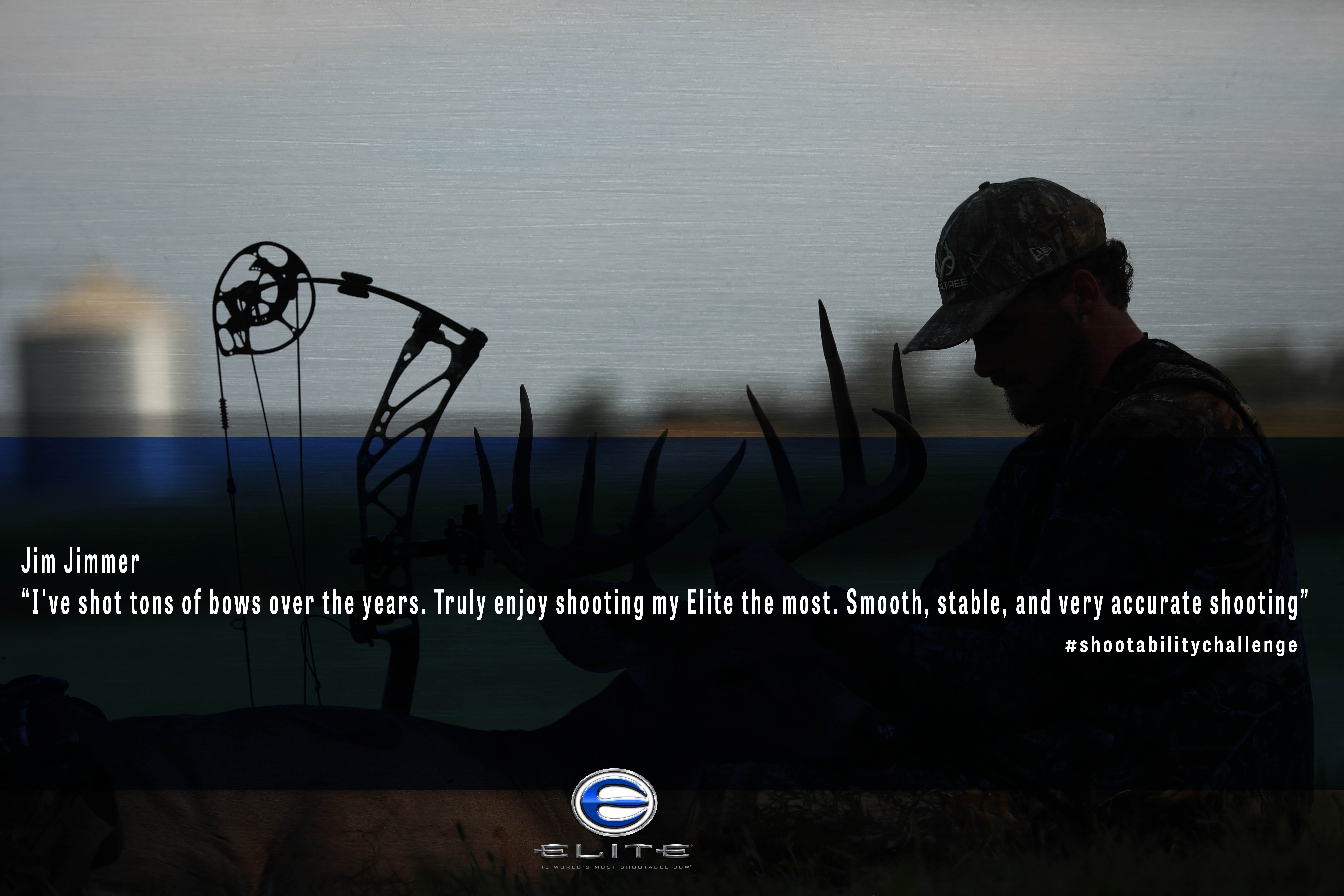I’m not even going to lie to you. This past season when I went to Seven Springs for the OPA shoot I was riding that struggle bus hard. After I had moved to Texas last September, I started going out all of the time and neglected the gym. Coming off a good year in 2017 when I only left the top 10 twice, and made a few shoot downs, I let myself go physically whereas I had been going to the gym three times a week before I moved. I was extremely out of shape, and that not only affected my physical capabilities with shooting, but it also made it to where I was on more of a mental grind to get through a round.
Since moving back to the not-always-sunshine state of Florida (it rained every day for the first two months that I was back), I have spent five to six days a week in the gym. I wake up every day at five in the morning, grab a Quest bar (double chocolate chunk flavor if you were wondering), chug my pre-workout and off I go. In today’s day and age, if you aren’t in a good shape physically, it will be extremely hard to compete consistently with the other guys out there that are.
Golf has followed a similar path that archery is on. How often does a player like John Daly win like he did back in the day? Today’s game of golf is dominated by the likes Tiger Woods, Dustin Johnson, Rory McIlroy and Jordan Spieth. All of these players take their fitness very seriously. As archers, we should model ourselves, in my opinion, after golf since it is the most relatable both mentally and physically.
There are so many benefits when it comes to being in a good physical shape that I run out of fingers and toes to count on pretty quick. The biggest benefit is how it affects your stamina. The better your stamina and endurance, the better you will be able to move around the course, handle the increased heart rate that is related to the competition nerves and deal with changes in the environment (like going from living 200 feet above sea level, as I do, to a place with thinner air like Redding and OPA). One could easily draw the same comparison to heading out for a elk hunt or other spot-and-stalk hunting scenario.
Having a higher threshold for physical exertion means that your heart is better equipped for high pressure situations. Whenever you are exerting physical effort, or are dealing with nerves, your heart rate is elevated. To help this, a person can mitigate the effects by lowering your heart rate by being in shape. The average person has a resting heart rate between 60 to 100 beats per minute. Since I have been back to hitting the gym, I have been able to get my resting heart rate down to around 56, and I am trying to get it lower. The cyclist Miguel Indurain is logged to have had a resting heart rate of 28 beats per minute, which is insane. A lower resting heart rate means that you have a longer stroke volume. That means that per heartbeat you are pumping more oxygen to the body. This will help prevent, or at least hold off, the muscle fatigue that comes as you navigate the range, work your way through the shot, or draw on that animal.
Next is the most obvious benefit: strength. The stronger you are, the easier it will be for you to draw the bow, keep balance through the shot, retain the proper tension, etc. Strength gains just add another level of control to the shot. The key to hitting the middle every time is to do the same exact thing every time. When you are better able to control your body, you will have more control over the possible inconsistencies from getting slightly out of form. Basically your margin of error is more relaxed. Your balance is strongly affected by the strength of your core; a stronger core in turn leads to better balance. This can be especially helpful when shooting in the wind or at extreme angles. How can you hold the bow still if you can’t balance? Try shooting on an upside down Bosu Ball and let me know how that balancing struggle works out for you.
Now for the home stretch, and the biggest problem people face on the range or in the woods: the mental game. You are most likely to make a mental mistake when you are running on empty physically. This happens with every athlete from the NFL to the NBA to the PGA. Not only is your heart struggling to keep up and feed oxygen to the muscles, but it is also having a hard time getting oxygen to the brain. This is what can lead to a “mental fog” type of moment and cause you to zone out when you really need to focus. I don’t know about everyone else, but I already get distracted by shiny objects and random tree squirrels. I don’t need anything else affecting my focus or ability to process a situation.
So basically fitness does have its place in archery. I haven’t even begun to scratch the surface of the benefits that being in shape has on archery, much less proper nutrition. Personally, I have been working with a trainer who has helped me clean up my diet tremendously, balance my macros and help me figure out what to do in the gym (just message me on Facebook or Instagram if you would like to get in contact with her). Before you drop what you are doing and start a workout overhaul, I suggest you do like I have done and find someone who can help teach/coach you on things like proper form and nutrition. You won’t see the results if you aren’t doing it right. You won’t see the results if you don’t correctly fuel the body, and if your form is wrong then you can run the risk of severe injury. Just remember that archery fitness is best to start in the offseason so that you will be pounding X’s right out of the gate.
Below are 10 body weight exercises that you can do at home that could help get you ready to drop some extra middle for hunting season and the next tournament season:
- Forearm Plank (Core)
- Pull-ups (Back and Core)
- Leg Raises (Core)
- Side Plank (Core)
- Rear Leg Elevated Squat (Advanced Leg/Lower Body Stability)
- Air Squats (Legs)
- Archer Pushups (Chest)
- Lunges (Legs)
- Pushups (Chest)
- Archer Pushups (Chest)









.png)
